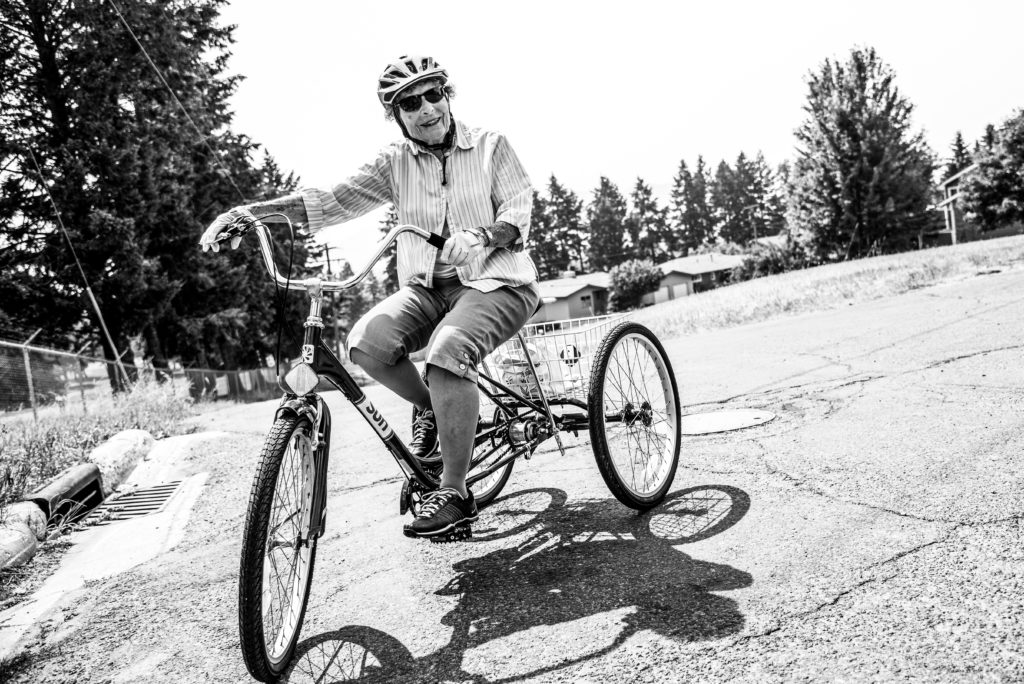As May draws to a close, I’d like to note that it was Older Americans Month. This celebratory month was established by President Kennedy in 1963 to recognize the unique contributions made to our communities by adults over 65. It was also intended to draw attention to the challenges older adults face navigating our increasingly fragmented society.
This year’s theme—“Connect, Create, Contribute”—seems particularly suited to our residents here at Immanuel. In fact, their lives are in many ways structured around these three themes. Living in community means living a connected life. Residents spend a great deal of time with each other. They eat together, play games together, and sit by the fire in the lobby to chat or just to read the newspaper in the company of another person. They are deeply connected to each other, and these connections enhance their lives.
And residents create in various ways every day. Sometimes, they create projects in structured activities (like crafts) led by the recreation department. Many of them continue creative pursuits they began long before they ever moved in to Immanuel. Even those who are no longer able to actively pursue their previous hobbies continue to appreciate and celebrate creative work by sharing it with their neighbors. Others develop new ways to be creative as they take a beginning art class, participate in sing-a-longs, or volunteer to help reorganize the Buffalo Hill Terrace library. One resident recently put together his first 3D jigsaw puzzle (a model of Notre Dame). He had never done puzzles before moving into the Villas, but it’s such a popular pastime here that he embraced it wholeheartedly and found new pleasure in the activity.
The third facet of this year’s theme, contribute, is something we in the Foundation have seen residents do first-hand. We could not have made our recent Estate Sale fundraising event happen without the assistance of numerous resident volunteers. And our Foundation resident advisory committee helps out on a regular basis with everything from hands-on special projects to long-range planning. Residents also contribute to Immanuel and to the wider community in a variety of ways. One plays the piano for fellow residents at the Skilled Care Center on a regular basis. Another reads to visiting children. Still others organize the Terrace library, serve on various departmental committees, and volunteer at the local hospital.
Because they live in a retirement community, Immanuel residents have ample, structured opportunities to connect, create, and contribute. But most of us have older adults in our lives who don’t live in communities like this one, and it’s important that we remember that they, too, need to connect, create, and contribute in order to thrive. Even though May is essentially over, let’s make sure to recognize and celebrate them, too!



